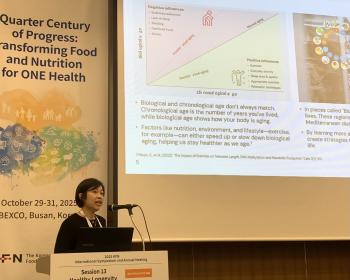STD that doesn't work with antibiotics, super gonorrhea doubles...Most of them travel to the Asia-Pacific
Mar 27, 2025
|
According to local media such as the Daily Mail, the prevalence of STI that does not respond to antibiotics commonly used for treatment is reported to increase.
Data from the UK Health Security Agency (UKHSA) revealed 17 cases of gonorrhea resistant to 'seftriaxone', a drug used to treat venereal diseases in the UK between January 2024 and March 2025. Considering that there were a total of 16 cases in the two years from 2022-2023, this is about a double increase.
Even more concerning are examples of what experts call 'widespread drug resistance' or 'Extensibly drug-resistant (XDR) heterogeneity'.
This infectious strain is resistant to both ceftriaxone and other drugs, so even when treated, the bacteria survive and even spread further.
Between January 2024 and March 2025, nine 'XDR gonorrhea' cases were reported in the UK, which is almost twice as many as five in 2022 and 2023.
Prior to 2022, only nine cases of the variant were found in the UK.
Most cases of XDR gonorrhea found in the UK have been identified as patients who have traveled to the Asia-Pacific region.
British medical researchers have warned that past XDR gonorrhea cases have been 'limited', but the recent increase in the number of cases is making it more likely to spread across the country.
According to statistics from the UK Health and Safety Agency, a total of 54,965 Britons were diagnosed with gonorrhea between January and September 2024.
This is estimated to exceed 85,000 patients in 2023 alone, the highest number since statistics were compiled in 1918.
However, as many people with gonorrhea show no symptoms, the number of cases is expected to be up to thousands more than the official figures.
Meanwhile, gonorrhea is a disease caused by Neisseria gonorrhea transmission through sexual contact. It can also be infected through the mouth or anus.
The problem is that symptoms do not appear well.
More than half of female patients and 10-15% of men are known to be asymptomatic.
Typical symptoms include green or yellow secretions from the vagina or penis, burning pain when urinating, anal rectal pain and discomfort.
In particular, women have lower abdominal pain, increased vaginal secretion, and abnormal menstrual bleeding.
If not treated in time, men may develop urethral stenosis, urethral perivitis, epididymal inflammation, prostatitis, and infertility, and women may cause complications such as gonococcal cervical inflammation, gallbladder inflammation, tubulitis, osteoblastic inflammation, and infertility. In extremely rare cases, N. gonorrhoeae may spread throughout the body along the blood, resulting in sepsis.
Medical staff emphasized that "the best way to prevent STDs is to use condoms" and that "regular testing is important because there are many STDs that do not show symptoms".
This article was translated by Naver AI translator.














